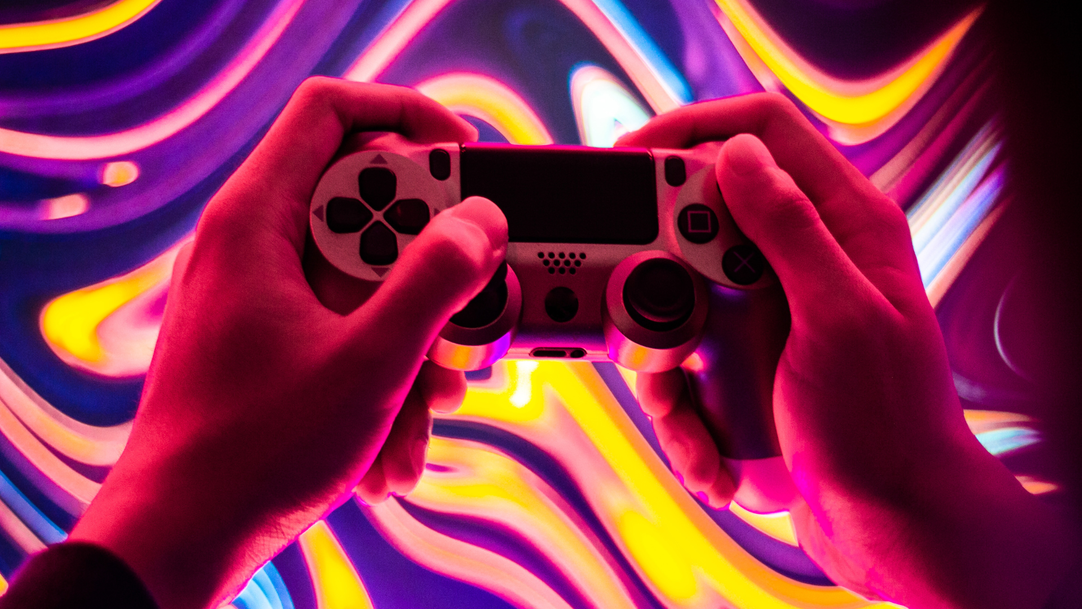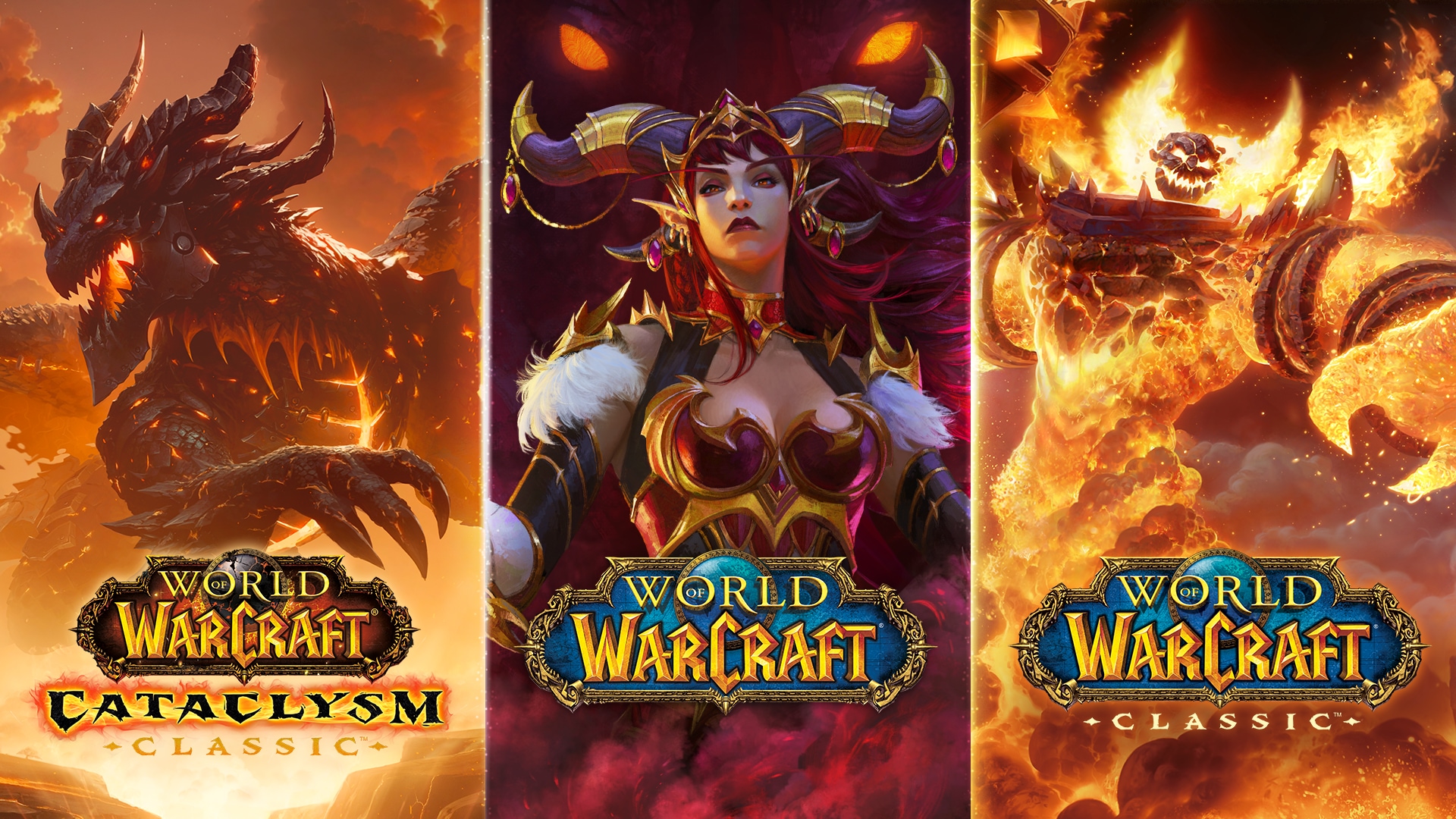The Evolution of Gaming: From Consoles to Connected Worlds
The development of gaming has been a fascinating process, one marked by technological innovation and shifting cultural sensitivities.
From the crude pixelated screens of early arcade cabinets to the lush virtual worlds of today, gaming has grown from its modest origins as a source of entertainment.
“Gaming” is a term that represents this multifaceted history, one that is not merely a narrative of hardware and software development but also of shifting communities that test the boundaries of player interaction.
The Convenience of Accessibility
The gaming scene has transformed dramatically, making accessibility a cornerstone of modern entertainment. Decades ago, gaming was confined to arcades, consoles, or bulky PCs, requiring physical presence or expensive hardware, limiting participation to dedicated enthusiasts.

Today, smartphones, cloud gaming, and high-speed internet have democratized access, allowing players worldwide to engage instantly from virtually anywhere.
The rise of iGaming exemplifies this shift, with online platforms offering seamless access to a variety of games through user-friendly interfaces. For instance, going on platforms like Casino Days Canada easily allows players to connect from any device and requires only an internet connection.

This evolution from location-bound, hardware-dependent gaming to instant, device-agnostic access underscores a broader trend: technology has made gaming more inclusive, convenient, and integrated into daily life, catering to diverse audiences globally.
From Alone to Social
Gaming earlier was more of a solitary experience, with individuals playing consoles like the Atari 2600 or Nintendo Entertainment System by themselves. However, this was interrupted by the introduction of multiplayer functionality.

While local multiplayer modes in games such as GoldenEye 007 introduced shared experiences, the internet changed social gaming.
Read: 15 Best RPGS on Switch in 2025
Games such as World of Warcraft and Counter-Strike formed communities where players worked together or battled each other across continents.

These games demonstrated that gaming could be a communal experience, forming friendships and rivalries that transcended geography.
Worth Read: 10 Best Gaming Laptops Under $2000
Technological Change Driving Connectivity
The cornerstone of modern gaming communities is technological advancement. High-performance hardware, cloud computing, and high internet speeds have facilitated effortless online interaction.
Recommended: 10 Best White Gaming Keyboards for PC
Consoles like the PlayStation 5 and Xbox Series X natively support social features on their consoles, and as a result, streaming, messaging, and online joining have become common. Cross-play has also dissolved barriers between ecosystems, enabling friends across devices to play together co-operatively.

All this connectivity has made gaming a social cultural phenomenon, like Fortnite’s in-game concerts, which are attended by millions, blurring entertainment and social experience.
Do Read: 5 Best RGB Controllers for Gaming PC in 2025
The Rise of Streaming and Esports
Another significant development in the history of gaming is the rise of esports and streaming sites.

Competitive gaming is now a global phenomenon, with games like League of Legends and Dota 2 having tournaments that attract viewership comparable to traditional sports.
Recommended: Is Alienware Worth It for Gaming in 2025
In addition to this, sites like Twitch and YouTube Gaming have allowed gamers to stream gameplay, providing new avenues for community interaction.
Worth Reading: 10 Best PS5 Gaming Chairs in 2025
Streamers build their audiences, forming micro-communities where fans trade tips, share memes, and interact with live events. This has moved gaming beyond the hobby and into the territory of spectator sport and artistic pursuit.
Key Milestones in Gaming’s Social Evolution
- 1985: Nintendo Entertainment System (NES) – Introduced home gaming to the mainstream and formed foundations for console-based communities.
- 1994: Multiplayer over LAN – Games like Doom brought network gaming to store shelves, enabling early competitive gaming.
- 2004: World of Warcraft – Solidified online gaming in persistent worlds with guild-based communities.
- 2007: Xbox Live and PlayStation Network – Introduced online services to the mainstream, with social features integrated into consoles.
- 2011: Twitch Launch – Democratized game streaming, broadcasting player voices, and building interactive communities.
- 2017: Fortnite – Blended gaming with cultural events, showing the promise of virtual social spaces.

These triumphs indicate how gaming has evolved from isolated activities to connected worlds, fueled by community and technology.
The Role of Communities Today
Gaming communities today aren’t just groups of players; they’re cultural hubs that set trends and innovate. Plains like Reddit and Discord are the communities where gamers share tips, organize events, and create fan content.
Checkout: 10 Best Higher Refresh Rate Monitors in 2025
Games like Roblox and Minecraft provide players with the capability to create worlds and blur the distinction between creator and gamer successfully.
These worlds are contained, with players managing forums, hosting tournaments, and even charting game development via forums. This participatory culture renders gaming a constantly evolving interactive medium.

Gaming’s expansion continues unabated. Emerging technologies like virtual reality (VR) and augmented reality (AR) are on the horizon to provide even more immersive experiences, and artificial intelligence will customize play on an unprecedented scale.
Do Read: 10 Best 240Hz Monitors For Gaming PC in 2025
As games become increasingly interwoven with other media sources, their communities will only grow in influence, shaping the industry and broader culture.
The growth from consoles to communities illustrates gaming’s unique ability to evolve, to speak, and to empower, cementing its position as a staple of modern entertainment.


![Destiny 2 The Mountaintop Quest in 2025 [Complete Guide] 5 how-to-get-the-mountaintop-in-destiny-2](https://blog.omggamer.com/wp-content/uploads/2025/10/how-to-get-the-mountaintop-in-destiny-2.jpeg)
![10 Best Upcoming Game Sequels in 2025 [Ultimate List] 6 10 Best Upcoming Game Sequels](https://blog.omggamer.com/wp-content/uploads/2025/10/10-Best-Upcoming-Game-Sequels.jpg)
![10 Best Ice Pokemon in 2025 [Gamer Choice] 7 10 Best Ice Pokemon [Gamer Choice]](https://blog.omggamer.com/wp-content/uploads/2025/10/10-Best-Ice-Pokemon-Gamer-Choice.jpg)
![Rivals Of Aether Tier List [November] 2025 | Characters List 8 Rivals Of Aether Tier List](https://blog.omggamer.com/wp-content/uploads/2025/10/Rivals-Of-Aether-Tier-List.jpg)




